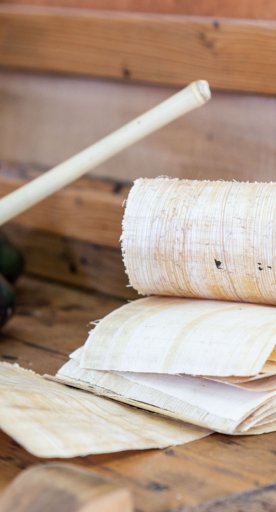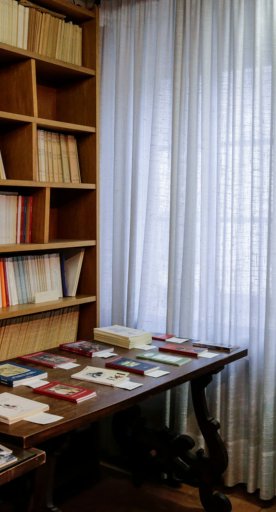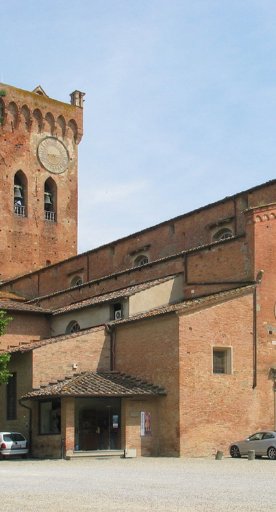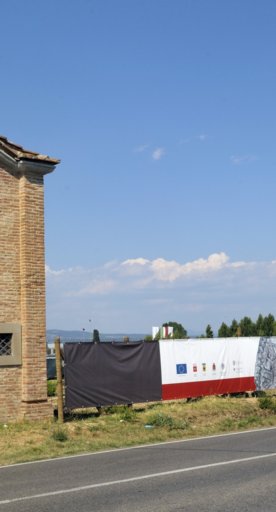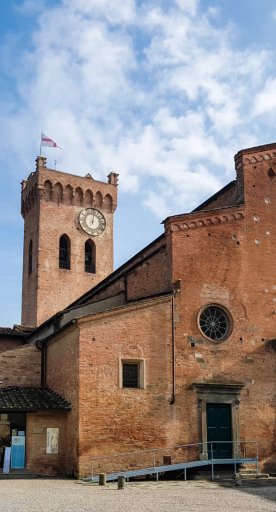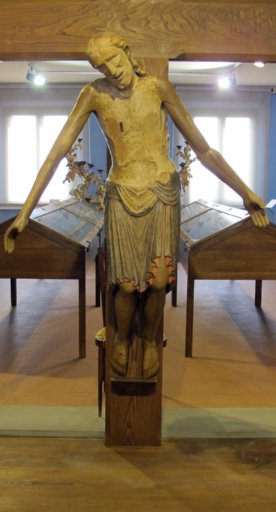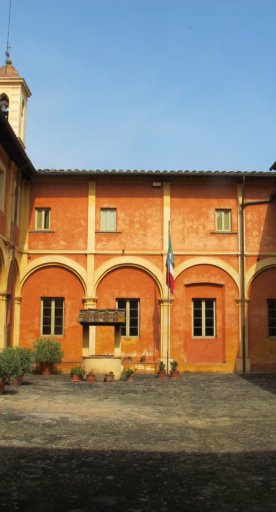Museum of the Municipal Palace and Oratory of Loretino
A frescoed treasure chest in the heart of San Miniato
The Municipal Palace (Palazzo Comunale), the current seat of the Municipality of San Miniato, originated in the early 14th century, when it was used as the residence of the "Twelve Lords Defenders of the People". The Palace originally consisted of a single lot, carved out of the typical subdivision of medieval terraced houses.
From the end of the Free Commune to the years of Florentine rule (1370-1500), the Palace underwent restorations and expansions that continued in the following centuries to meet both the representative needs of the central Florentine authority and the various needs of the administration of the local community.
The current Museum, established in 2015 and since 2018 accredited as a Museum of Regional Significance, includes the rooms of the Oratory of Loretino and its sacristy, the Hall of the Seven Virtues and the Council Chamber.
The Oratory of Loretino
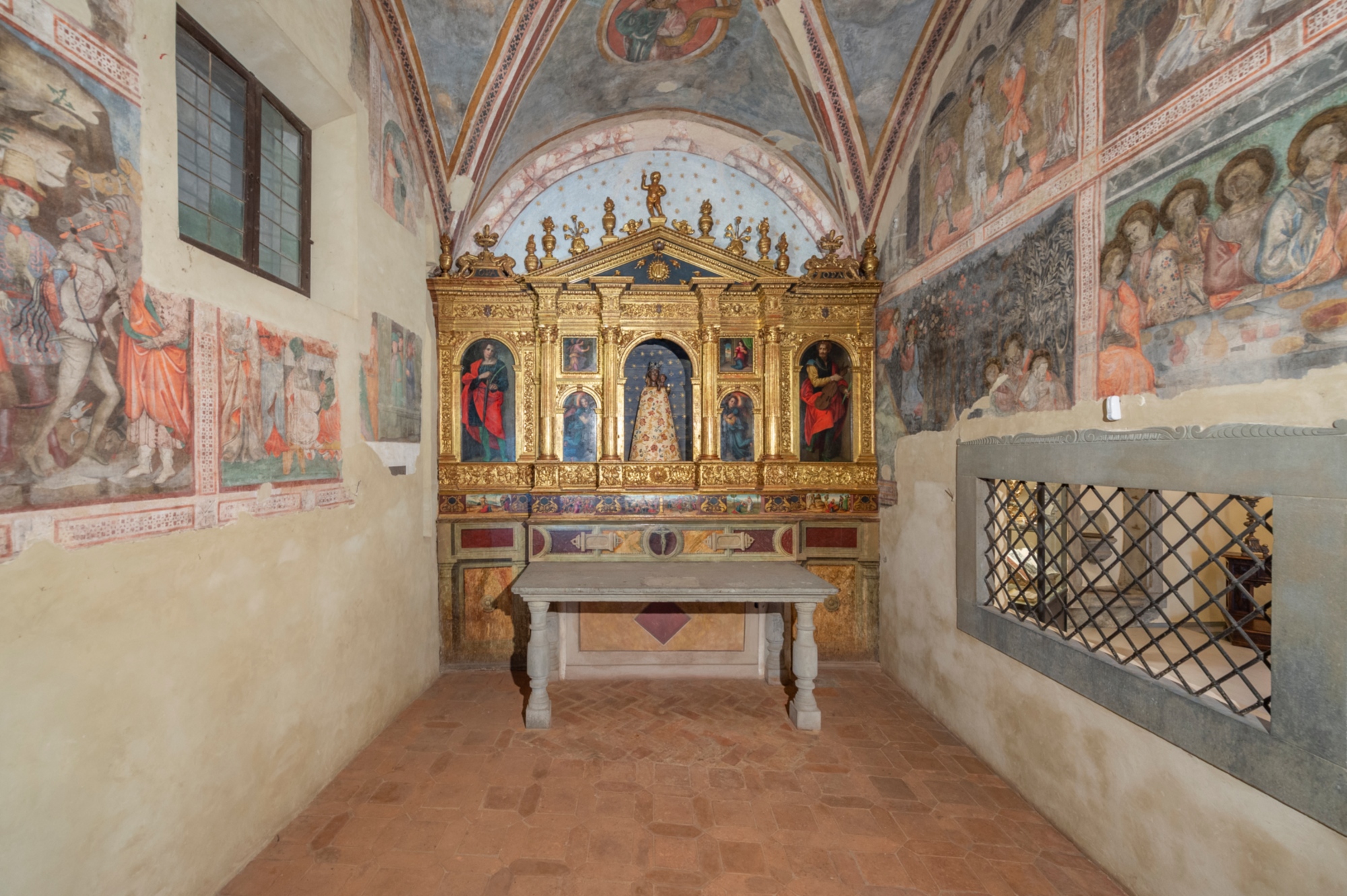
The Loretino Oratory is named after a wooden statue representing the Madonna of Loreto placed in this church. Specifically, the sculpture is located in the central niche of the wooden altar on the back wall of the oratory.
Originally, this religious space functioned as a private chapel for the rulers. It was in fact built inside the municipal palace in the 13th century. Then, in 1399, it also gained importance for the entire community, as a crucifix that was considered miraculous and highly venerated in popular tradition was placed here, then remained in this location until late 18th century. Gradually, the oratory was embellished: a Gothic-style gate was built around the presbytery space; then, in the 15th century, the walls were decorated as well.
In fact, the chapel was frescoed with scenes of Christ's childhood and the Passion, while the sails of the vaults depicted the Erythraean Sibyl, King David and the four Evangelists.
The Hall of the Seven Virtues
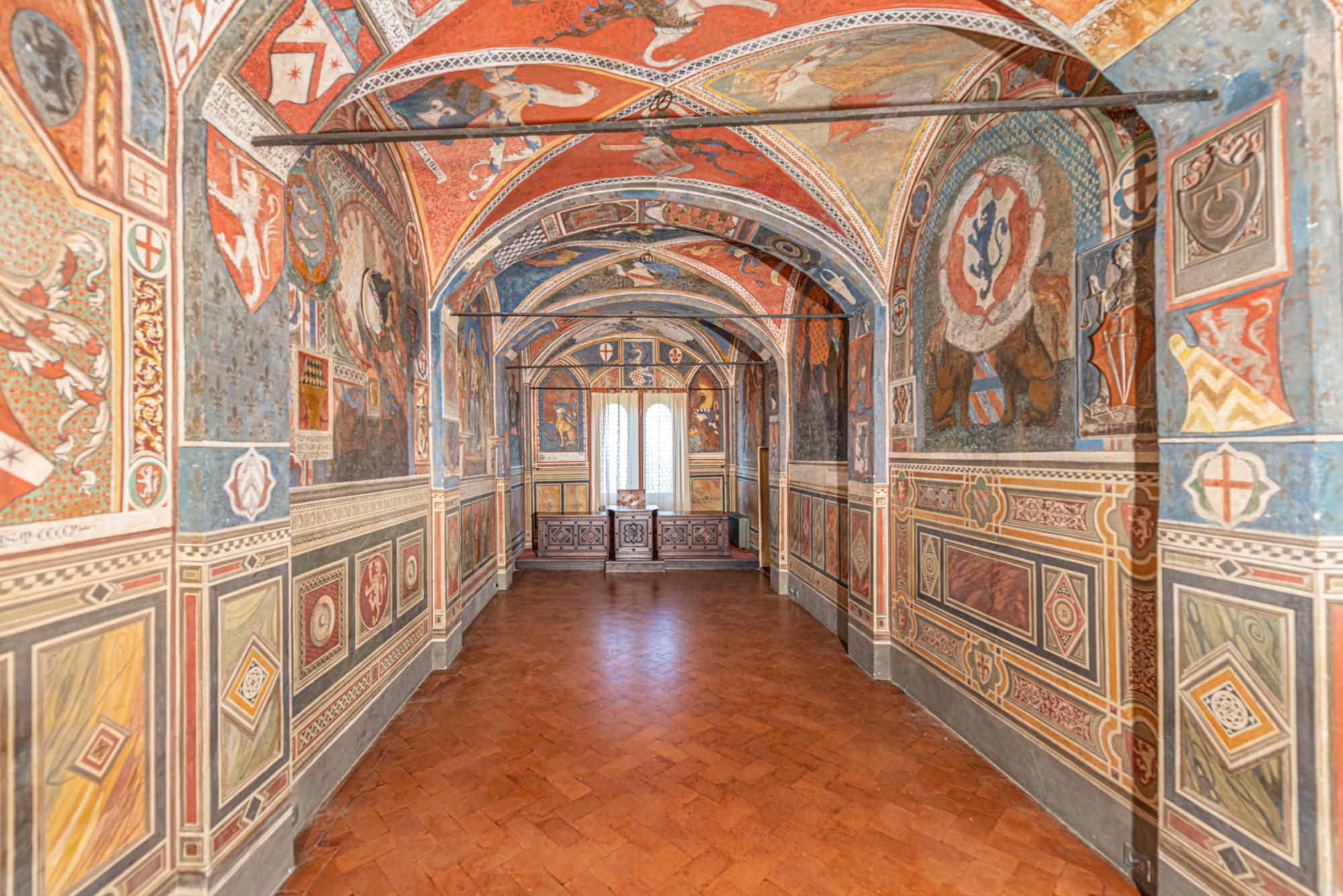
The Hall of the Seven Virtues is the place where decisions were made for the leadership of the Free Commune after the death of Frederick the II. Located on the first floor, it contains frescoes with sacred and civic representations made between the late 14th and early 16th centuries. Noteworthy are the striking collection of coats of arms and heraldic insignia, dating back to the 15th century, affixed by the Florentine Vicars and noble families according to the custom of the time, and the Vergine che allatta il bambino circondata dalle Virtù teologali e cardinali, (Virgin breastfeeding the Child surrounded by the Theological and Cardinal Virtues), from which the name given to the room today is derived, work by Cenni di Francesco di Ser Cenni.
The Council Chamber
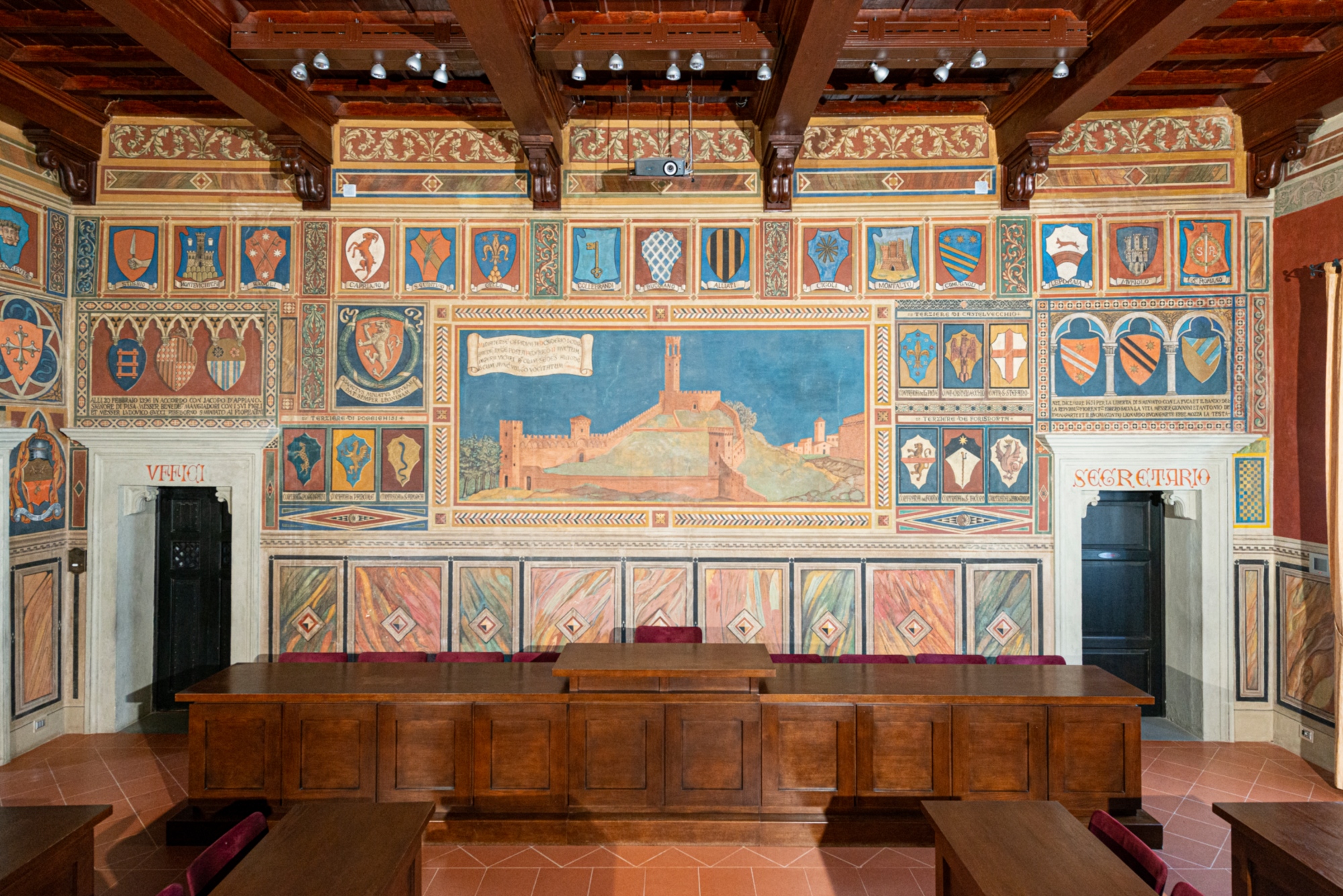
The bright room with fully painted walls was built in the mid-1800s covering an internal courtyard of the Palace. The paintings were designed in 1928 by Cathedral cleric Francesco Galli Angelini, a San Miniato scholar of history and heraldry, in an imaginative style inspired by the art of the Middle Ages. Picking up the theme of coats of arms from the adjoining room (the Hall of the Seven Virtues), Galli Angelini celebrates San Miniato's history through a complex system of representation using heraldic insignia, coats of arms, portraits and images that recall important places and figures in the city.
Accessibility information: regione.toscana.it

